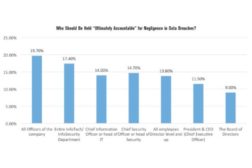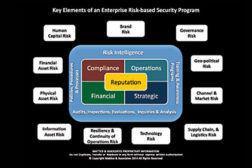- NEWS
- MANAGEMENT
- PHYSICAL
- CYBER
- BLOG
- COLUMNS
- EXCLUSIVES
- SECTORS
- Arenas / Stadiums / Leagues / Entertainment
- Banking/Finance/Insurance
- Construction, Real Estate, Property Management
- Education: K-12
- Education: University
- Government: Federal, State and Local
- Hospitality & Casinos
- Hospitals & Medical Centers
- Infrastructure:Electric,Gas & Water
- Ports: Sea, Land, & Air
- Retail/Restaurants/Convenience
- Transportation/Logistics/Supply Chain/Distribution/ Warehousing
- EVENTS
- MEDIA
- MORE
- EMAG
- SIGN UP!
Home » security risk management
Articles Tagged with ''security risk management''
Facing the Risks of Social Media Account Takeovers
Social media is playing an increasingly important role in global business marketing strategies – and for good reason.
September 1, 2014
Special Report: Cyber Risk and Security
The word of the year, so far, with regards to cybersecurity, seems to be “data breach.”
August 1, 2014
Managing Risk Across the Enterprise
The key to the risk-based security program is that no matter what issue you examine, every one of them affects the reputation of the enterprise in one manner or another.
July 1, 2014
Why Customized Cybersecurity Training is Essential
If you asked your employees to define “cybersecurity,” what would they say?
July 1, 2014
Sign-up to receive top management & result-driven techniques in the industry.
Join over 20,000+ industry leaders who receive our premium content.
SIGN UP TODAY!Copyright ©2025. All Rights Reserved BNP Media.
Design, CMS, Hosting & Web Development :: ePublishing












